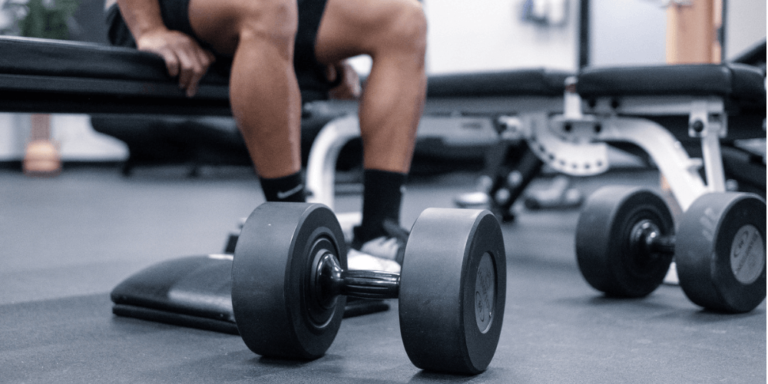When it comes to training, progression is essential if you want to sustain fitness for life. However, it is important to realize that there is more to it than the standard concept of progressive overload.
In this article, we’ll dive into the different aspects of progress and introduce a new perspective on how to approach it with our clients.
THE ESSENCE OF PROGRESSIVE OVERLOAD FOR STRENGTH AND OVERFITTING
Progressive overload, a fundamental principle in resistance training, revolves around gradually increasing the training stimulus to challenge the body’s adaptive capacity. By pushing boundaries and introducing new stimuli, we force our clients’ bodies to adapt and grow. While this principle remains critical, let’s explore two vital aspects of resistance training where progress really shines: hypertrophy and strength.
Hypertrophy, the pursuit of muscle growth, can be classified into two types: myofibrillar and sarcoplasmic hypertrophy. Myofibrillar hypertrophy involves increasing the number of myofibrils within muscle fibers, while sarcoplasmic hypertrophy focuses on increasing the non-contractile components of muscle cells. Although the exact mechanisms behind these adaptations, including the debated issue of hyperplasia, are not fully understood, they play an important role in muscle development.
Meanwhile, strength gains are affected by both hypertrophy and neural adaptations. Hypertrophy increases muscle mass, thereby increasing the ability to produce force. On the other hand, neural adaptations optimize the body’s ability to produce force through factors such as rhythm encoding, motor unit recruitment, coordination, and efficient technique. It is worth noting that the neural adaptations are exercise-specific, emphasizing the importance of training specificity.
Now, let’s dive into how we achieve progressive overload in resistance training. We have a few things to consider: exercise selection, rep range, loads, volume and rest.
When it comes to exercise selection for hypertrophy, we have some flexibility – the goal is to stress the muscle group which can be done in a variety of ways. But to gain strength, exercise selection must be specific to the exercise in which you are trying to build strength. For example, if you want a stronger deadlift, you need to train the deadlift.
In terms of rep range and intensity, hypertrophy training allows for a wide rep range (somewhere between 5-25 reps is best practice) while taking sets close to failure (with 2-3 reps left in the tank). Strength gains, on the other hand, require low volume, heavy lifting to maximize neural efficiency. Volume plays a big role in hypertrophy – more volume generally means faster growth, but we also need to consider the principle of diminishing returns, individual recovery capacity, and genetic and hormonal factors.
When it comes to optimizing rest periods for different training goals, there are variations to consider. For hypertrophy focused training, rest periods do not play a significant role as they are not an important variable. However, when strength gains are prioritized, longer rest periods become crucial to facilitate neural recovery and ensure full recovery between sets.
BEYOND PHYSICAL METRICS: EMBRACING HOLISTIC PROGRESS
While progressive overload remains a cornerstone of training, it is important to broaden our perspective and recognize that progression involves much more than physiological changes. As coaches, we have the opportunity to guide our clients on a journey of holistic progress, encompassing physical, mental and emotional aspects of growth.
To begin this journey, it is necessary to understand what progress really means to each person. It expands beyond traditional metrics and touches on the profound impact that fitness can have on their lives. Here are practical steps to uncovering the unique dimensions of progress for your clients:
Personalized connection and understanding: Through comprehensive consultations, assessments, active listening and thought-provoking questions, build a deep understanding of your customers’ background, goals, desires and motivations. This personalized connection creates the foundation for customized progress.
Goal-oriented approach: Guide your clients in setting meaningful and personalized goals that align with their aspirations and meet their holistic growth vision. Regular check-ins allow for evaluation, feedback, and necessary adjustments to ensure continued progress.
Building Relationships and Comprehensive Coaching: Promote a Strong Client relationships in a supportive and empowering environment. Balance challenge with support to encourage trust and commitment. Adapt your coaching approach to address the multidimensional nature of progress, encompassing physical, mental, emotional and social well-being through strategies that integrate exercise, lifestyle, nutrition and alignment.
By expanding our perspective on progress, we elevate the coaching experience and enable our clients to embark on a holistic growth journey. Progress becomes a personal journey, guiding individuals toward their unique definition of success. Let’s embrace this multidimensional approach and pave the way for transformative progress in fitness training.
